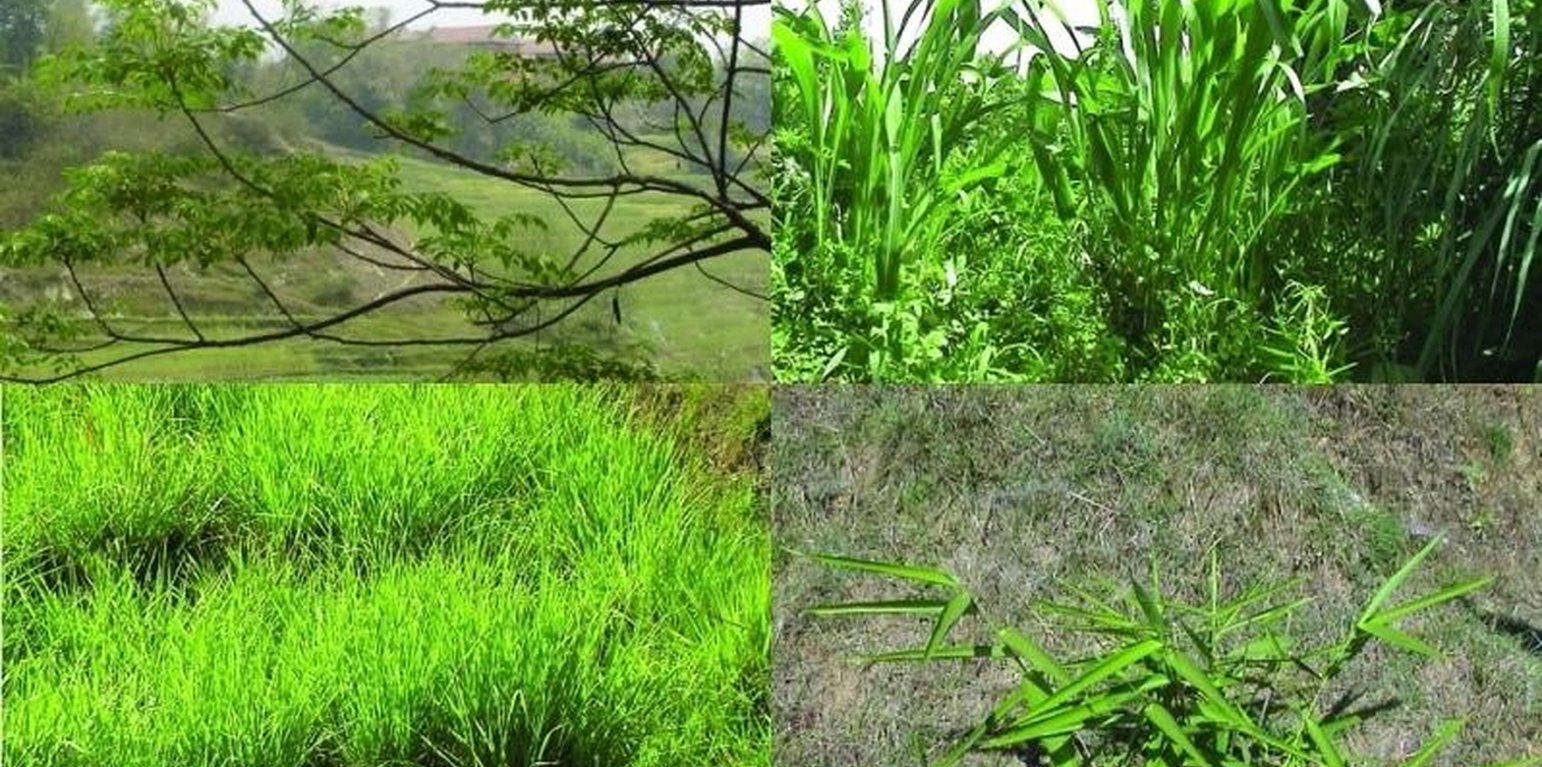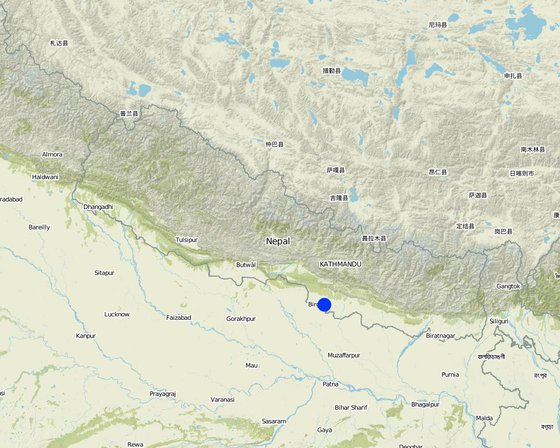



Fodder plays a major role in the crop-livestock-manure-soil nutrient cycle on farms in the middle mountains of the Himalayas. Livestock convert fodder shrubs and grasses from the forest, crop residues, and other fodder into manure through digestion. However, in the middle hills of Nepal the lack of availability of good quality fodder often limits not only, the productivity of livestock, but also reduces the nitrogen content of animal dung if, for example, only cereal crop residues, are fed to the animals.
In earlier times, livestock were left to graze in the forests and on community lands. The animals sought out their own food and were only assembled for milking and to protect them from wild animals. With the introduction of stall-feeding, the demand for fodder has increased greatly with a subsequent large increase in women’s workload as it is they who are responsible for collecting the fodder.
Most fodder is collected in forest areas, and most livestock manure is applied to arable land, in particular to rainfed fields. This results in a net transfer of nutrients from forest areas to arable lands. It is estimated that, in this way, about 3 to 7 ha of forest land is needed to maintain 1 ha of arable land without degrading the state of the forest. In addition to reducing the availability of forest resources, the widespread closure of community forests has diminished access to fodder during certain times of the year. All this is putting serious pressure on the remaining unprotected forest resources.
Marginal lands and terrace risers offer an opportunity to reduce this pressure. The planting of grasses and shrubs suitable for fodder on these areas not only increases fodder availability but also reduces erosion and landslides that originate in these areas. If leguminous fodder species are planted, they increase soil fertility by increasing the nitrogen content in soils.

ទីតាំង: ប្រទេសនេប៉ាល់
ចំនួនទីកន្លែងបច្ចេកទេស ដែលវិភាគ:
ការសាយភាយនៃបច្ចេកទេស: ត្រូវបានផ្សព្វផ្សាយត្រឹមតំបន់មួយ
តើស្ថិតក្នុងតំបន់ការពារអចិន្ត្រៃយ៍?:
កាលបរិច្ឆេទនៃការអនុវត្ត:
ប្រភេទនៃការណែនាំឱ្យអនុវត្តន៍៖



| បញ្ជាក់ពីធាតុចូល | ឯកតា | បរិមាណ | ថ្លៃដើមក្នុងមួយឯកតា (ដុល្លារ) | ថ្លៃធាតុចូលសរុប (ដុល្លារ) | % នៃថ្លៃដើមដែលចំណាយដោយអ្នកប្រើប្រាស់ដី |
| កម្លាំងពលកម្ម | |||||
| Nursing seedling | Persons/day | 3,0 | 2,0 | 6,0 | 100,0 |
| សម្ភារៈដាំដុះ | |||||
| Seedlings | unit | 1,0 | 4,0 | 4,0 | 100,0 |
| ថ្លៃដើមសរុបក្នុងការបង្កើតបច្ចេកទេស | 10.0 | ||||
| ថ្លៃដើមសរុបក្នុងការបង្កើតបច្ចេកទេសគិតជាដុល្លារ | 10.0 | ||||
| បញ្ជាក់ពីធាតុចូល | ឯកតា | បរិមាណ | ថ្លៃដើមក្នុងមួយឯកតា (ដុល្លារ) | ថ្លៃធាតុចូលសរុប (ដុល្លារ) | % នៃថ្លៃដើមដែលចំណាយដោយអ្នកប្រើប្រាស់ដី |
| កម្លាំងពលកម្ម | |||||
| Replace dead plants | Persons/day | 3,0 | 2,0 | 6,0 | 100,0 |
| ថ្លៃដើមសរុបសម្រាប់ការថែទាំដំណាំតាមបច្ចេកទេស | 6.0 | ||||
| ថ្លៃដើមសរុបសម្រាប់ការថែទាំដំណាំតាមបច្ចេកទេសគិតជាដុល្លារ | 6.0 | ||||
due to shading effect
mainly for women
some of the new species provide inputs for organic pest management